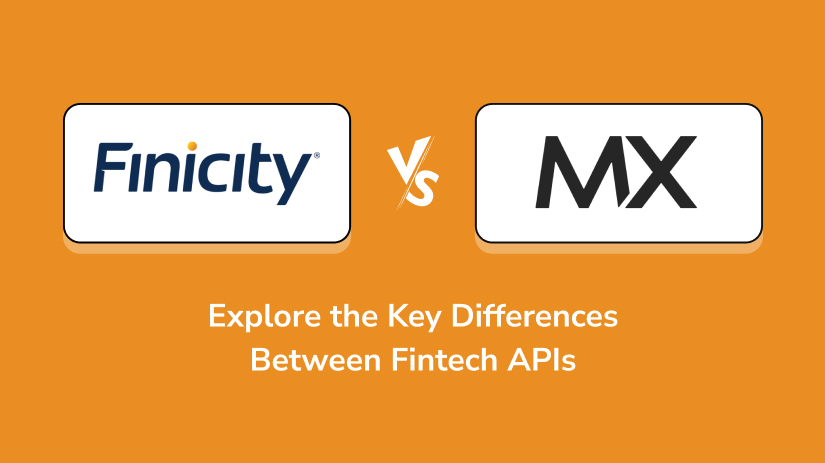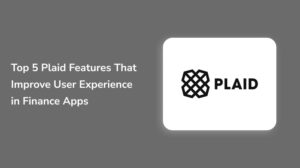The financial technology (fintech) landscape is rapidly evolving, with numerous companies offering innovative solutions to meet the demands of modern consumers and businesses. Among the key players in the fintech API space is Finicity vs MX.
Both companies provide robust platforms for financial data aggregation, but they cater to slightly different needs and use cases. In this blog post, we will explore the key differences between Finicity and MX, and how these platforms can benefit your fintech project.
Let’s Learn!!
Understanding Finicity vs MX
Finicity is a financial data aggregator that provides real-time access to financial data through its API. It offers solutions for personal finance management, credit decisions, and payment initiation.
Finicity’s API is designed to help fintech development companies build applications that require seamless access to banking data, transaction histories, and account verification services.
MX, on the other hand, is also a leader in financial data aggregation and analytics. It focuses on improving the overall financial health of consumers by providing tools for data enrichment, visualization, and personalized insights. MX’s platform is designed to enhance user engagement and provide a comprehensive view of financial health.
Key Differences Between Finicity vs MX
1. Focus and Specialization
Finicity primarily focuses on data aggregation and credit decisions. Its services are geared towards fintech engineers who need accurate and timely access to financial data for applications such as lending, account verification, and personal finance management.
MX integration services place a strong emphasis on data enrichment and user experience. Its tools are designed to provide deep insights into consumer spending habits, financial health, and personalized financial advice. MX aims to help users understand their finances better and make informed decisions.
2. API Capabilities
Finicity offers APIs that provide real-time access to banking data, transaction histories, and account verification. This makes it an excellent choice for applications that require up-to-date financial information for credit scoring, underwriting, and risk assessment.
MX provides APIs that not only aggregate financial data but also enrich it with contextual information. MX’s APIs can categorize transactions, provide spending insights, and help users visualize their financial health. This makes MX suitable for applications focused on financial planning and user engagement.
3. Integration and Developer Support
Finicity is known for its robust developer support and extensive documentation. Fintech engineers can easily integrate Finicity’s APIs into their applications, thanks to detailed guides, SDKs, and responsive customer support.
MX also offers excellent developer resources, including comprehensive documentation and support. Additionally, MX’s focus on data visualization tools can help developers create more engaging and user-friendly applications.
4. Use Cases
Finicity is ideal for fintech applications that require accurate financial data for decision-making processes.
For example, a Ruby on Rails development company building a lending platform could use Finicity’s APIs to verify borrower information and assess creditworthiness quickly.
MX excels in use cases that involve user engagement and financial health tracking. For instance, a fintech company developing a fundraising software solution could use MX’s enriched data to provide donors with detailed insights into how their funds are being utilized and the financial health of the organizations they support.
Choosing the Right API for Your Project
When deciding between Finicity and MX, it’s essential to consider the specific needs of your fintech project. If your primary requirement is to access and verify financial data for credit decisions or account management, Finicity is likely the better choice.
However, if your focus is on enhancing user experience through data enrichment and personalized financial insights, MX is the way to go.
Working with a specialized Finicity development company or an MX development company can also help you make the most of these platforms. Experienced fintech engineers can leverage the strengths of these APIs to build robust and user-friendly applications.
Conclusion
Both Finicity and MX offer powerful fintech APIs that cater to different aspects of financial data aggregation and user engagement.
By understanding the key differences and strengths of each platform, you can make an informed decision that aligns with your project’s goals.
Whether you’re working with a Ruby on Rails development company or developing fundraising software, choosing the right API can significantly enhance the functionality and user experience of your fintech application.
Ready to take your fintech project to the next level? Partner with a specialized development company to harness the full potential of Finicity or MX APIs and deliver innovative financial solutions to your users.
Happy Finicity & MX Development!!





